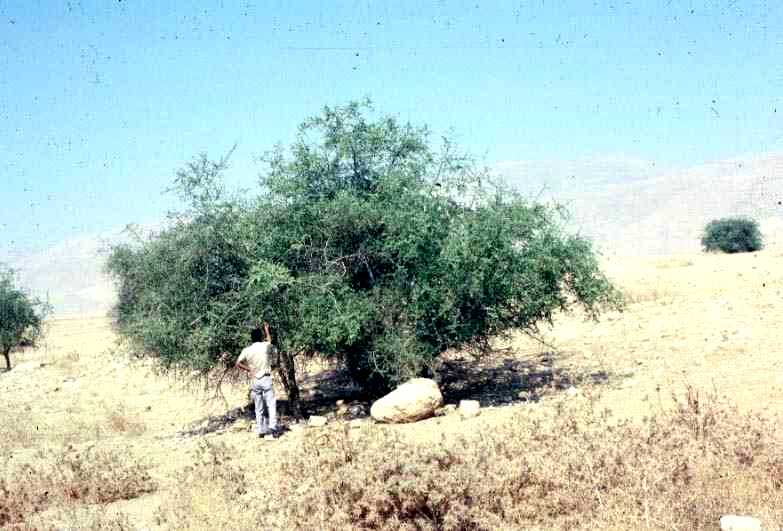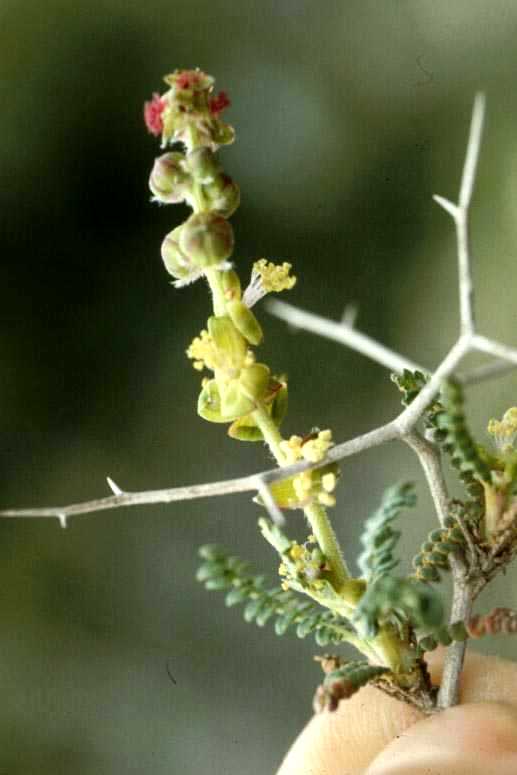|
The UN Food and Agriculture Organization
(FAO) asserted that Yemeni Sidr (Ziziphus spina-christi) is a hundred times more expensive than the other kinds of honey
on the global market because of its medical and nutritive benefits (1, 2, 3).
The Sidr (also known as Elb) honey is reputed to be good for liver problems,
stomach ulcers, respiratory infections, digestive problems, eye diseases, sinusitus, inflamation of the the urinary canal,
burns and wounds. It is also sought after as an aphrodisiac. A blend of the honey with certain combination of nuts, ginseng
and herbs are claimed to be better than Viagra, with no side effects. Sidr honey which is harvested during winter is the best
when compared with honeys harvested during spring, autumn or summer.
Not all honey are created equal. Research confirmed that different honeys have different composition
and properties depending on the floral source for the nectar.
A research paper on Holy Botany - Some Plants of The Qur'an and the Bible (American Center, Damascus, Syria 31 January 2000) stated that, "Of all the trees that are used by honey bees, Sidr is the most desirable. It is attributed
to Prophet Muhammad (pbuh) that the honey of the Sidr tree is the most healthy." Even its fruits are found to
have a very high energy value. Its seeds are rich in protein; its leaves rich in calcium, iron and magnesium(4).
The Sidr tree (also known as Lote tree) is an ancient tree. It has been
used during the times of King Suleiman (pbuh) and the Pharaohs. It is mentioned four times in the Quran. In Sura Saba, it
is mentioned as an earth tree while in other Suras, it is mentioned as a paradise tree. Luqhat al-Quran-83 defines the Sidr
as the utmost boundary of human knowledge. Allah has mentioned this tree to emphasize its beauty, strength and grandeur (Saba-15,16;
Waqia 27-33; Najm-7-18).
It has survived the destruction by the devastating floods of Eram at Ma'arib
with two other trees: the Tamarisk and the Mustard Tree, all three deeply-rooted trees.

A hadith in Abu Dawood (30) says that All those who would cut the Sidr
would be sent to hell with their heads down since people at that time in Mecca were using the tree to make doors.
Another hadith says that the Sidrat al-Muntaha, The Lote Tree of the Furthest
Boundary (the absolute limit of the created intellect) was a sight that could not be described. That Lote tree carries the
knowledge of all of God's creation from the beginning of its sequence in time. It was called the Tree of the Furthest Boundary
because everything end in it and after it begins a new life.

Amazing Fact !
It is interesting to note that bees fed on the Sidr flowers alone, sometimes
die after making about 3 trips to the flower. (Typically, it is estimated that all bees of a certain hive must make 37,000
trips to make half a kilo of honey!) This is because the nectar is truly potent and the weaker bees cannot survive only on
this diet.
|
